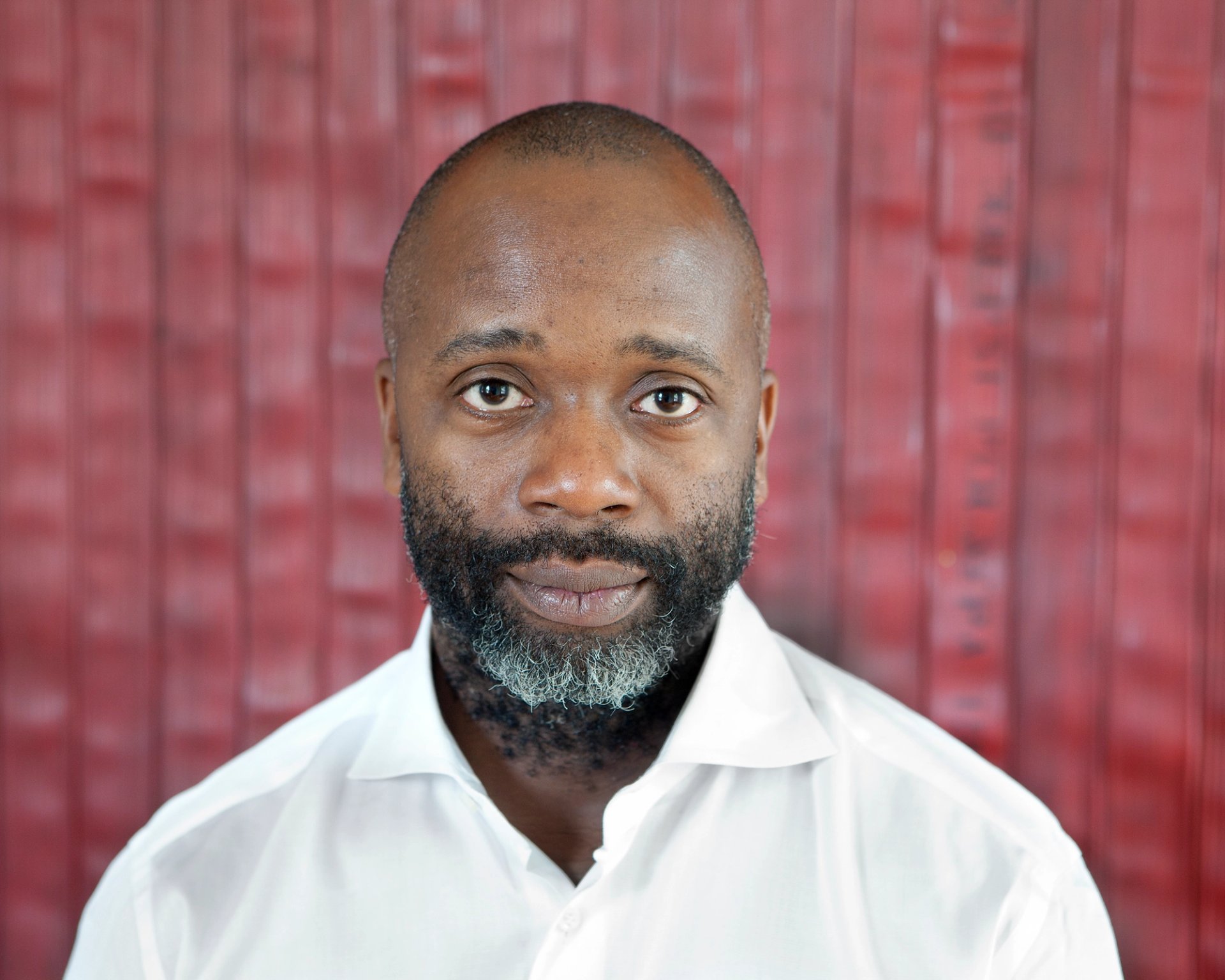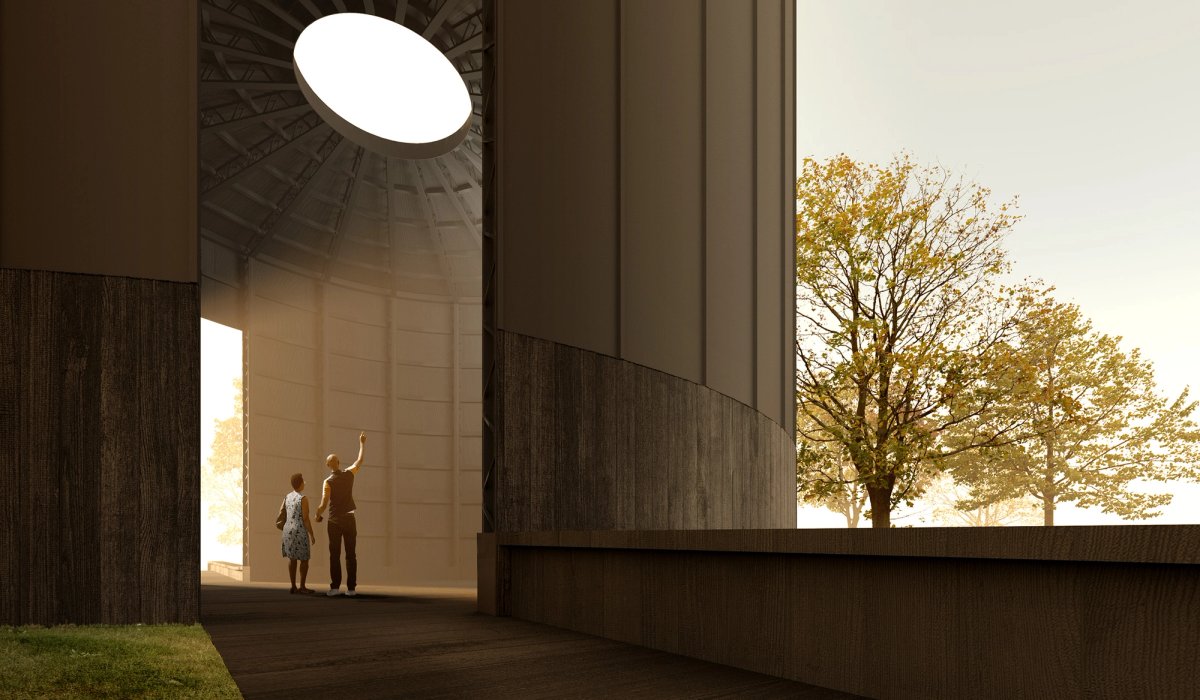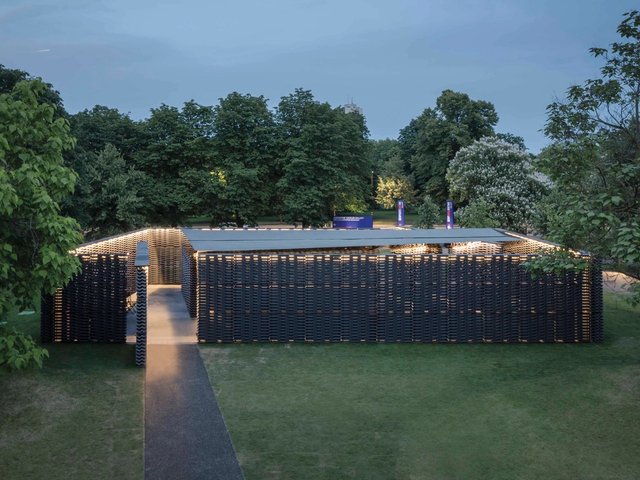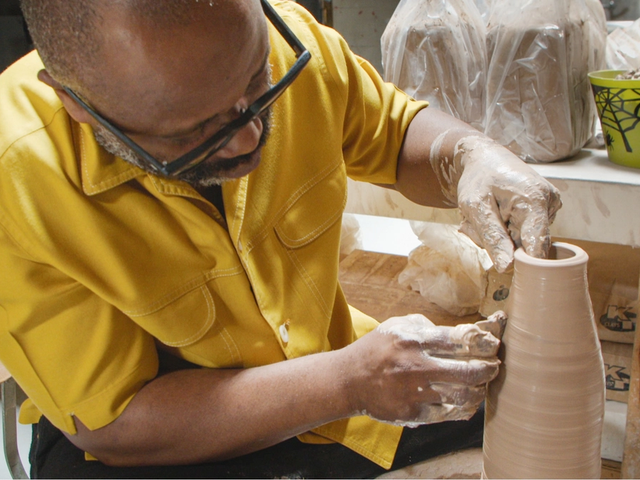The US artist and activist Theaster Gates has unveiled his plans for the 21st Serpentine Pavilion. His temporary venue in Kensington Gardens will be turned into a contemplative space called Black Chapel “where one could rest from the pressures of the day and spend time in quietude”, says the artist. The 21st edition of the pavilion, which will launch on 10 June, is one of London's most important annual architecture commissions. Previous recipients include Zaha Hadid, Frida Escobedo and the South African practice Counterspace.
Gates’s pavilion will “pay homage to British craft and manufacturing traditions”, says a Serpentine statement, drawing on the centuries-old pottery industry in Stoke-on-Trent in the north of England. The structure, made predominantly from wood, will mimic a chapel; a bell salvaged from St. Laurence Church on Chicago’s South Side will hang at the entrance while light will filter through a circular oculus opening in one of the walls, evoking the Pantheon in Rome. The bell will be used to announce performances and “activations” (throughout the summer the pavilion will host live music, poetry and dance events as part of the Park Nights initiative).
The building is environmentally friendly “with a focus on sustainably sourced materials and the reusability of the structure after its time installed at Serpentine”, the project statement adds. The Serpentine’s former director Julia Peyton-Jones, who conceived the annual pavilions programme, wrote in the catalogue for Bjarke Ingels Group’s pavilion in 2016 that it is a “prerequisite” for each structure to be acquired after its presentation by the UK institution. “This vital aspect of their funding also determines that they will have a life after their time at the Serpentine,” she said.

Theaster Gates. © Sara Pooley
Pavilion sponsors include the Goldman Sachs bank, the Therme Group and the Luma Foundation, founded by the Swiss patron Maja Hoffmann. The Serpentine project forms part of a Gates triptych in London; the artist recently presented shows and projects at the Victoria & Albert Museum and the Whitechapel Gallery for an initiative called The Question of Clay, focused on his love of ceramics.
In 2019, the artist filled the Haus der Kunst in Munich with “artefacts of blackness from my life” for another piece called Black Chapel, Gates says in an online film. In 2006, he made his home in a former confectionery store on South Dorchester Avenue in the heart of Greater Grand Crossing, one of Chicago’s most deprived areas.
In 2009 he purchased the neighbouring building, which became known as the Archive House, home to 14,000 books from the former Prairie Avenue Bookshop. Reconstructed using discarded resources from across the city, it fulfils his Rebuild Foundation’s remit of regeneration via “individual empowerment and community engagement”.





